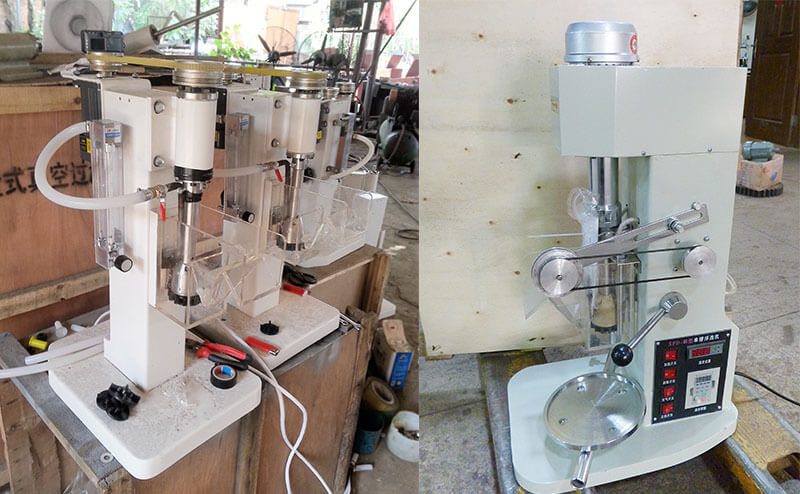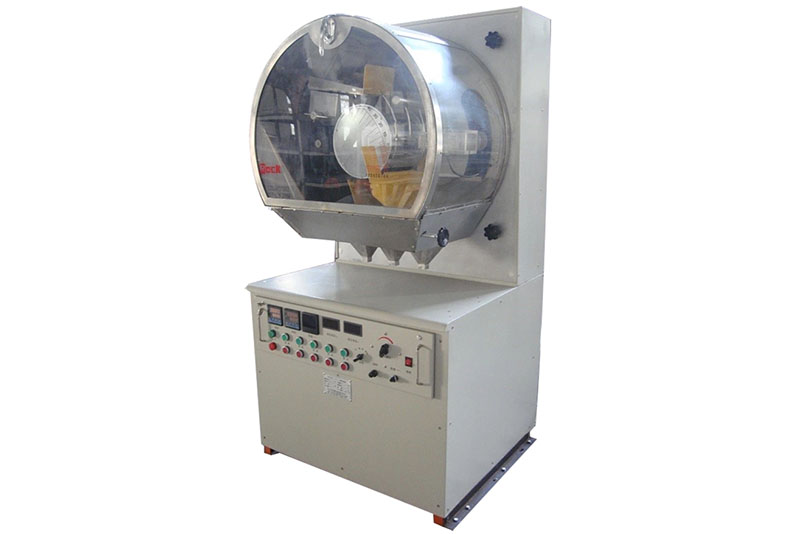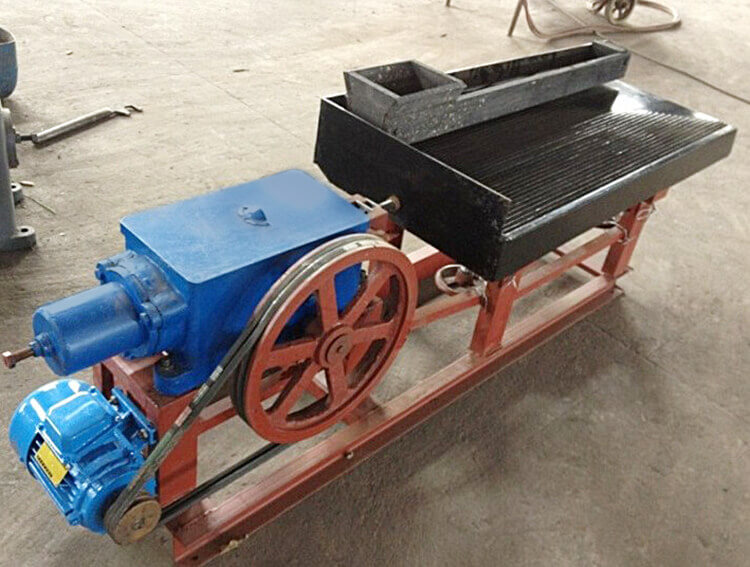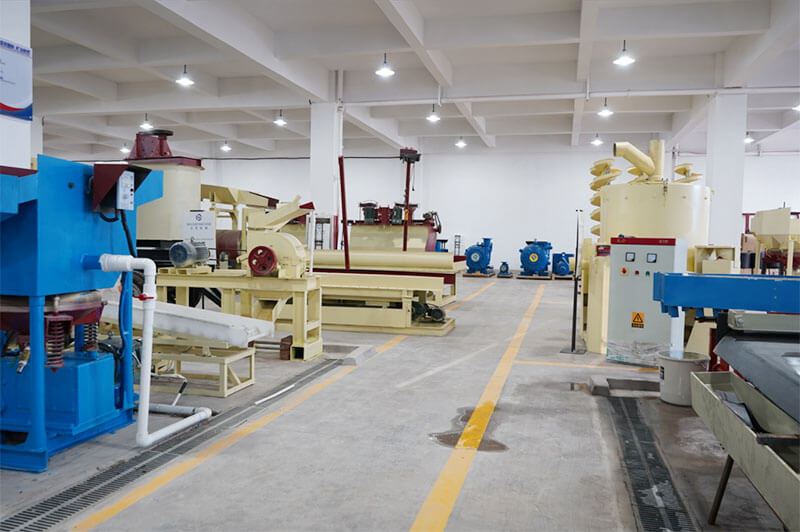Gold ore beneficiation is a complex process that involves various steps to extract gold. The effectiveness of the beneficiation process determines the recovery rate of gold and influences economic viability and environmental sustainability. This article will explore the key steps involved in gold ore beneficiation and discuss the functions of the laboratory equipment.
Purpose of Gold Ore Beneficiation
The primary purpose of gold ore beneficiation includes:
- Maximizing Gold Recovery: The goal is to extract as much gold as possible from the ore, ensuring high recovery rates.
- Reducing Processing Costs: Optimizing the beneficiation process can lower energy consumption and material costs, making the operation more economical.
- Environmental Sustainability: Implementing environmentally friendly practices in beneficiation helps minimize pollution and degradation.
- Efficient Resource Utilization: Ensuring that gold resources effectively contribute to sustainable resource management.
Lab Gold Ore Beneficiation Steps
Gold ore beneficiation typically involves several critical steps, as below:
-
Ore Sampling
The first step in the beneficiation process is collecting representative ore samples. Accurate sampling is crucial for ensuring reliable experimental results.
- Sampling Techniques: Various methods, including drilling, mining, and random sampling, depending on the specific situation and ore property.
- Sample Preparation: Dry, crush, mix the ore to ensure uniformity and representativeness.
-
Ore Preprocessing
Before conducting beneficiation experiments, the ore must undergo preprocessing to facilitate effective extraction.
- Crushing: Crush the ore to achieve an appropriate particle size, typically within 10-20 mm. Crushing increases the surface area of the ore, making it easier to extract gold.
- Milling: After crushing, the materials enter the ball mill for further grinding. The goal is to achieve 80% passing through a 200 mesh screen, which enhances gold liberation.
-
Ore Analysis
Detailed chemical and physical analysis is essential before proceeding with beneficiation.
- Chemical Analysis: Techniques like flame photometry and atomic absorption spectroscopy determine the concentrations of gold, silver, and other metals. This information is critical for choosing the appropriate beneficiation methods.
- Mineralogical Analysis: A microscopic examination of the ore helps identify its mineral composition, revealing how gold spreads and its relationship with other minerals. This knowledge aids in choosing the most effective beneficiation techniques.
- Physical Property Testing: Testing the ore’s specific gravity, hardness, and particle size distribution provides foundational data for selecting the right equipment and processes.
4. Designing Beneficiation Tests
Based on the analysis of the results, choose the beneficiation plan.
- Selection of Methods: The choice of beneficiation methods, such as gravity separation, flotation, or cyanidation, is based on the ore characteristics.
- Experimental Conditions: Optimal conditions for the experiments, including temperature, pH, reaction time, and reagent concentrations, must be established to enhance effectiveness.
- Test Scale: The scale of the tests (laboratory or pilot scale) is determined based on resource availability and specific project goals.
5. Implementation of Beneficiation Experiments
Once the planning is complete, the next step is to conduct the beneficiation experiments, which include:
(1) Gravity Separation Experiments
Gravity separation utilizes the differences in specific gravity between gold and other minerals.
- Shaking Table: This equipment is crucial in gravity separation. The water flow and shaking motion make the denser gold particles settle at the bottom. It is efficient and straightforward.
- Spiral Concentrator: This is used for preliminary separation, leveraging the gravitational differences to classify and separate gold-bearing minerals from the rest of the ore.
(2) Flotation Experiments
Flotation is a widely used method for separating minerals based on their surface properties.
- Reagent Selection: Choosing appropriate flotation reagents based on the ore type is critical for effective separation.
- Flotation Process: Put the ore with water and flotation reagents in a flotation machine. Air bubbles are introduced, and the gold-bearing minerals attach to these bubbles, rising to the surface to form a foam, which is then collected.
(3) Cyanidation Experiments
Cyanidation is a chemical process for extracting gold from low-grade ores.
- Cyanide Leaching: The finely ground ore adopts a cyanide solution to dissolve the gold. This process requires careful control of conditions to maximize recovery and minimize environmental impact.
- Optimization of Conditions: Parameters such as leaching time, temperature, pH, and cyanide concentration are optimized based on experimental results to improve gold extraction rates.
6. Data Analysis and Result Evaluation
After the experiments, it is essential to analyze the collected data.
- Recovery Rate Calculation: This involves determining the percentage of gold recovered through various methods and assessing their economic viability.
- Concentrate Grade Analysis: The purity of the collected concentrate is analyzed to ensure it meets economic thresholds for further processing.
- Process Optimization: Based on the experimental findings, adjustments to the beneficiation process to enhance overall efficiency.
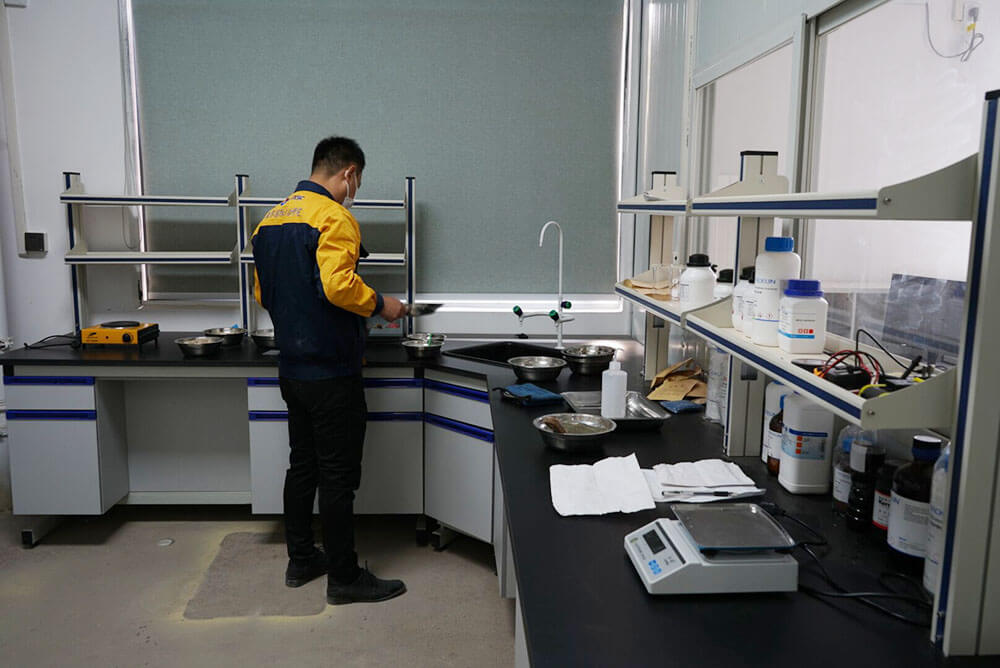
Laboratory Equipment Functions
The success of gold ore beneficiation heavily relies on specialized laboratory equipment. Below are essential equipment and their functions:
-
Lab stone crushers
Function: Stone crushers are essential for crushing minerals to finer particles before milling. Common types include jaw crushers and hammer crushers.
- Jaw Crushers: Suitable for primary crushing, they break large pieces of ore into smaller fragments.
- Hammer Crusher: It is ideal for secondary crushing, further reducing the size of the ore to meet processing requirements.
-
Lab ball mill
- Function: Ball mills grind the ore into finer particles, increasing the surface area for more effective extraction.
- Operation: As the mill rotates, the ore and grinding balls collide, and get powder materials.
-
Lab Shaking Tables
- Function: Shaking tables are used for gravity separation, allowing the separation of gold from other minerals based on density differences.
- Mechanism: The shaking motion and water flow facilitate the stratification of minerals, enabling efficient recovery of gold.
-
Lab Flotation Machines
- Function: It is lab equipment for flotation experiments to separate gold-bearing minerals from the ore.
- Air Bubble Generation: Flotation machines introduce air bubbles that attach to gold particles, allowing them to float and be collected.
-
Lab Spiral Concentrators
- Function: Spiral concentrators separate gold from other minerals based on specific gravity.
- Gravity Separation: The different densities of the minerals allow for separation as the ore flows through the spiral.
-
Cyanidation Equipment
- Function: This equipment is used for the cyanidation process, and includes leaching tanks and mixers.
- Mixing: Ensures thorough ore and cyanide mixing solution, enhancing gold recovery.
-
Analytical Instruments
- Function: Instruments like atomic absorption spectrometers and flame photometers can analyze the metal content in ores and concentrates.
- Accurate Measurements: They provide precise data on gold and other metal concentrations, guiding decision-making in the beneficiation process.
-
Screening Machines
- Function: Screening machines separate materials based on size.
- Particle Size Classification: Classifying the milled ore into different sizes for further processing.
-
Centrifuges
- Function: Gold centrifuges separate gold-bearing minerals from the ore through centrifugal force.
- Enhanced Recovery: They increase gold recovery rates by separating denser materials from lighter ones.
Conclusion
Gold ore beneficiation is a multifaceted process that requires careful planning and execution of various steps. From sampling and preprocessing to analyzing and optimizing the recovery of gold, each stage plays a vital role in achieving high efficiency and effectiveness. The laboratory equipment used in this process is crucial for ensuring accurate results and maximizing gold recovery. As technology develops, the methods and equipment for gold ore beneficiation will likely evolve, further enhancing the efficiency and sustainability of gold extraction processes. By following systematic procedures and utilizing the right tools, mining companies can ensure sustainable practices while maximizing their resource potential.
JXSC lab mineral processing equipment manufacturer has more than 38 years of experience in mining processing. We provide various lab mining equipment including gravity-separating equipment for processing minerals such as gold, tin, tungsten, lead, zinc, tantalum, niobium, iron, manganese, silver, titanium-iron, etc. Lab machines include laboratory jaw crusher, hammer crusher, roller crusher, grinding equipment, lab gravity separator, screening, washing equipment, etc. Welcome to consult!

